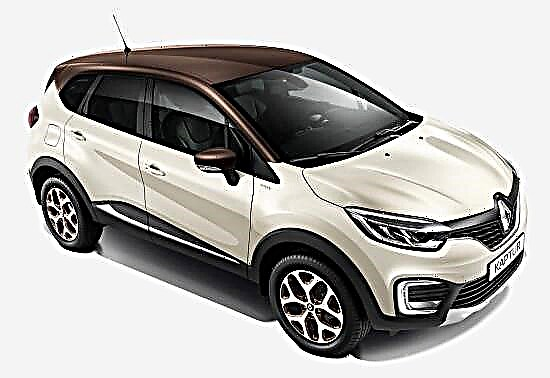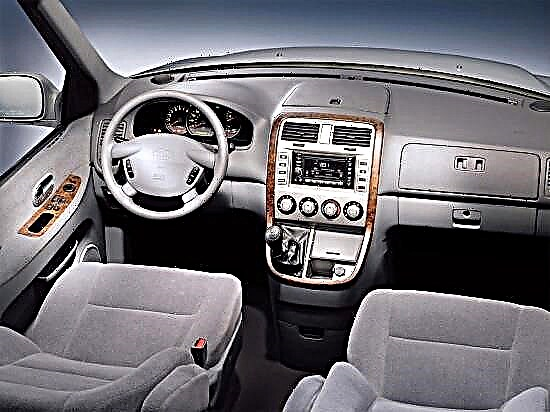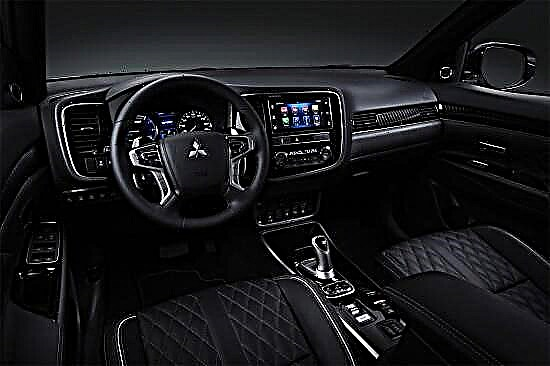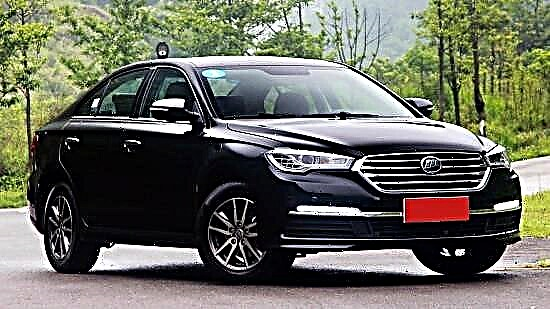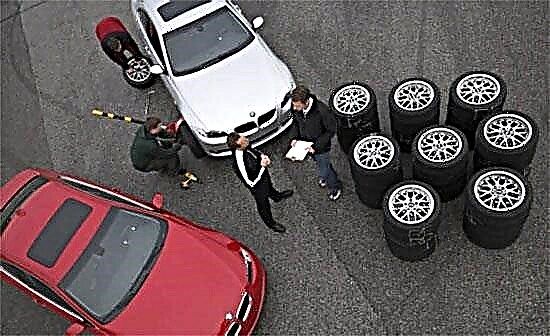It is already customary at tire shops to see long lines of people who want to change tires twice a year, with the onset of cold weather and melting snow. Apparently, the concept of an all-season tire is gradually disappearing along with Soviet cars, whose service life was measured not in years, but in generations of owners. However, before buying rubber, it is necessary to formulate the criteria for the selection of tires.
Before examining summer tire tests, it is worth understanding the differences between winter and summer tires, as well as understanding the symbols printed on the tire. Different tread geometries and rubber compounds allow the tires to behave according to the weather conditions of different seasons. Winter ones guarantee excellent grip on ice and snow, as well as confident braking even in severe frosts. Summer ones provide confident directional stability, acceleration and braking, both on wet and dry asphalt. When choosing summer tires, customer reviews also talk about the importance of parameters such as durability, efficiency and noise. In addition, the best summer tires should perfectly dissipate the heat of the hot asphalt, and in the rain they prevent the effect of aquaplaning, that is, prevent the formation of a water layer in the contact patch between the tire and the asphalt.

In addition to the main parameters (width, height and diameter of the tire, as well as the load factor and speed index), the name of the manufacturer and the brand of the tire on the side surface of the tire, you can find a lot of secondary information. Something may be useful, but some information will be superfluous, because only tests of summer tires can reveal the true consumer characteristics. Choosing summer tires, consumer reviews will unambiguously suggest that any deviation from the parameters recommended by the car manufacturer when choosing tires leads to an increase in fuel consumption, a possible deterioration in handling and braking (which directly affects driving safety) or negatively affects the service life of the suspension elements.
To answer the question of which summer tires are better to choose, it is not enough to choose the right parameters, it is necessary to focus on the consumer qualities of the tire. In the European Union, in order to assess the main criteria that are important to buyers at a glance and immediately choose the best summer tires, additional marking will be introduced from November 1, 2012. By analogy with household appliances, the main criteria will be marked (wet grip and fuel efficiency in Latin letters, and acoustic comfort in decibels). But, nevertheless, in order not to make a mistake in the choice, you will still either have to trust the manufacturer's promises, or seriously and thoughtfully study the summer tire tests carried out by many respected automotive publishers and organizations.
As a rule, to correctly assess the technical properties of summer tires, a whole series of tests is carried out, with each test having its own share in the overall assessment. Based on these ratings, a rating for summer tires is created. First of all, driving safety, handling on dry (20% in the overall rating) and wet asphalt (as much as 40%) are assessed. The next most important (20%) is tire wear resistance. And the last points in the piggy bank (10% each) add the tire's influence on acoustic comfort (noise) and fuel efficiency.

The question of which summer tires are the best is answered by the test results that are published annually by well-known automotive societies (ADAC, ACE / GTU) and publishers (AutoBild, Behind the wheel, Autoreview). At the same time, when testing summer tires whose prices are very different from each other, they are combined according to price segments, because for the cost of a set of premium tires, you can buy two or three sets of economy class tires. However, despite this, the most acute struggle for consumers' wallets is still taking place in the premium segment, where summer tires are tested whose prices in medium (14-16 inches) standard sizes exceed the $ 100 mark per piece.
According to the majority of the automotive industry in 2011 the championship was won by the German continental summer tires ContiEcoContact 3... These asymmetric tires showed better grip and braking performance on wet and dry asphalt. In addition, the tires are quiet enough and are guaranteed to reduce fuel consumption.
The second place in the class of expensive tires came new this year Nokian Hakka Green... Engineers from Finland have previously carefully studied consumer reviews of summer tires, and therefore tires are economical, low noise and confident behavior on wet asphalt. Only slow reactions on dry pavement, confirming insufficient grip, prevented Nokian summer tires from winning this year.
The most economical and wear-resistant were the German summer tires Michelin / Michelin Energy Saver... However, the shift in the balance of performance towards durability and fuel economy negatively affected the performance of noise and reliability of behavior on wet asphalt.
Japanese summer tires Bridgestone Turanza ER300 Ecopia in their price and characteristics slightly lag behind the competitors in 2011, and it was precisely the good balance of all indicators that brought them victory in the ADAC summer tire rating in 2008.
In the middle price segment, summer tires are presented, the prices of which are a quarter lower than premium. In this segment, Eastern European tire manufacturers Debica, Kormoran and Matador have been losing out to Korean and Japanese companies for several years. So in 2011, the summer tires Kumho (Kumho) Ecsta SPT KU31 won an unconditional victory in this price segment. Another summer tires Yokohama C.drive are an interesting representative in the middle price range, which at a relatively low price showed excellent performance.
Against this background, evaluating economy-class tires is quite difficult. The very fact that summer tires "Kama" are often positioned by the sellers themselves as all-season, suggests that one should not expect decent performance in tests.
With the SUV segment skyrocketing in popularity, no summer tire review would be complete without the special crossover tire offerings. However, summer tires for SUVs are clearly divided into road and off-road for their purpose, so it is impossible to say for sure which tires are better. If for road tests they are the same as for passenger tires, off-road tests are also tested in such nominations as traction on grass, gravel and sand, handling in mud and off-road. At the same time, tests of summer tires for SUVs give an unambiguous answer that tires that behave confidently off-road are absolutely not suitable for asphalt, and vice versa.
The importance of the above data can hardly be overestimated. The correct selection of tire parameters and the study of consumer qualities, which are described in summer tire tests, can provide a car with noticeable fuel economy and confident behavior on wet and dry surfaces, on which driving safety directly depends.


